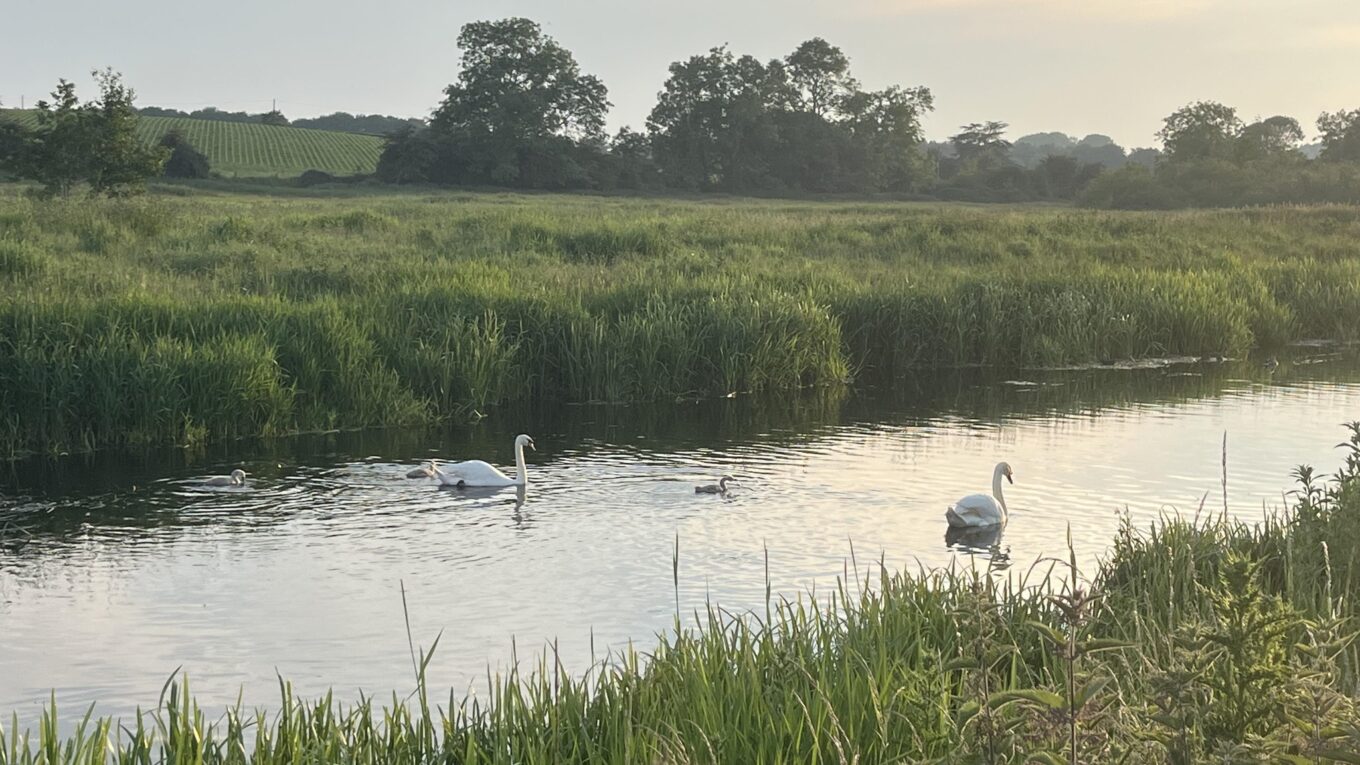Anglian Water investment
Earlier in the year, the Scrutiny Committee at County Hall (when I was a member of the committee) asked Anglian Water for information about its investment plans. Here’s what they are planning to invest in Norfolk between 2025 and 2030. It sounds like a big number but these schemes are very expensive. If you have any comments on the plans – either what’s included or what’s missing – I’ll be glad to hear from you.
Around £641 million will be invested over the next five years in the county of Norfolk, ensuring we can continue to provide our customers with high quality drinking water and treat used water while protecting the environment. Investment in the next five years includes:
£123 million to improve water quality in watercourses by reducing storm overflow spills at 26 locations and improving screening at 19 storm overflow locations. Several schemes in Great Yarmouth and Norwich will commence in 2025.
£196 million to reduce the amount of phosphorous and nitrogen in the treated water released to watercourses from 39 Water Recycling Centres (WRCs), including Corpusty, Rackheath, Swanton Morley and Aldborough. This will prevent nutrient pollution that causes algal growth in rivers and is harmful to fish and plant life. In nutrient neutrality areas, phosphorous and nitrogen will be removed to the highest technically achievable limits. Work will begin in 2025 on a nutrient neutrality scheme at Whitlingham WRC.
£45 million to deal with population growth at five WRCs. Additional treatment capacity will be added to Whitlingham, Aylsham, Horning and Downham Market WRCs, and some of the flow from Freethorpe WRC will be pumped to another site for treatment.
£66 million to improve bathing water quality at Mundesley and Hunstanton, and to add UV disinfection at Kings Lynn WRC to improve water quality in the shellfish harvesting areas in the Wash. Work at Kings Lynn will commence in 2025.
£78 million to install plant to remove nitrate from the raw water at nine Water Treatment Works (WTWs), including Two Mile Bottom and Marham both beginning in 2025, to maintain the supply of wholesome water to customers.
£43 million to maximise the water available for supply. This will involve installation of new plant at nine WTWs to recirculate and treat water that would usually be lost after it has been used to wash filters. It also includes work that will commence in 2025 at Marham WTW to utilise a new River Nar raw water source.
£20 million at Whitlingham and Kings Lynn WRCs to comply with the Industrial Emissions Directive which aims to prevent pollution to air, water and land. Bund walls will be constructed around process tanks to contain the tank contents and prevent pollution of land and water in the event of catastrophic tank failure. Tanks where biogas is emitted will be enclosed and connected to a gas management system to prevent air pollution.
£4.7 million to improve water quality by increasing storm tank capacity at six WRCs including Brandon and Saxlingham.
We are investing £334 million to increase water supply resilience in Norfolk. Across the region we are laying a new network of hundreds of kilometres of large-scale interconnecting pipelines and upgrading infrastructure which will allow water to be moved from wetter areas in the north to drier areas in the south. The new strategic pipeline will keep taps running and minimise the impacts of future droughts.
Norfolk will also receive a share of these region wide schemes over the next five years (in addition to the £641 million) to renew our ageing assets:
£570 million to maintain, refurbish and replace parts of our 39,000 km water pipe network including an additional:
£144 million to replace water pipes that are specifically vulnerable to our changing climate
£172 million to maintain and refurbish hundreds of water treatment works, storage reservoirs and pumping stations.
£216 million to maintain, refurbish and replace parts of our 70,000 km sewer network, including thousands of pumping stations.
£345 million to improve, maintain and refurbish hundreds of water recycling centres.

